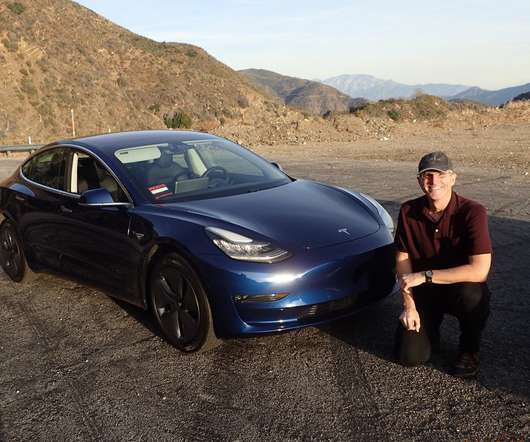Honda announces second plug-in vehicle testing program; Japan joins US, China may follow
Green Car Congress
DECEMBER 20, 2010
The plug-in hybrid electric test vehicle for Japan. announced its second Electric Vehicle Testing Program, this one with Saitama Prefecture for its next-generation personal mobility products, including electric vehicles (EVs); plug-in hybrid electric vehicles (PHEVs); electric scooters; and electric carts. Click to enlarge.












Let's personalize your content